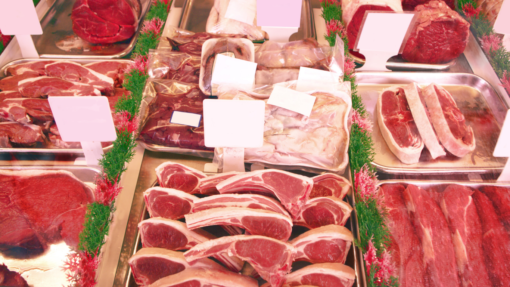As a result of COVID-19 grocery store shortages, federal and state governments are investing in local food systems with meat processing high on the list. However, once local meat processing bottlenecks have been relieved, additional obstacles will need to be overcome. Clemson surveys of consumers and restaurants in 2020 and 2021 reveal that additional obstacles for increasing local meat sales are availability, price, and inconsistent quality1.
A lack of availability points out that there are not enough sales outlets for local meats and purchasing local meats is often inconvenient for potential customers. For instance, most local meat consumers visit a farmers’ market once a month2 yet shop at a grocery store 2-3 times per week3. Even the most dedicated local food consumer sources less than 50% of their groceries from local producers4. For local meats to grow long-term, producers must work together to supply grocery stores and restaurants while addressing the remaining issues of quality inconsistency and price.
One of the best ways for farmers to work together is to form a cooperative or similar collaborative business arrangement. Through collaborative business arrangements, local meat producers can adopt quality guidelines, provide a consistent supply to more sales outlets, and operate at a more efficient scale (possibly becoming more price-competitive). In short, business collaborations will give local meat producers a shot at gaining and maintaining a competitive position in the market.
For more information about cooperatives and collaborative business formation, contact a land grant university or cooperative development center in your region. Contact information for USDA rural cooperative development centers can be found at this link:
https://www.rd.usda.gov/sites/default/files/cooperative_development_centers_february2022.xlsx
References
- Richards, S. (2021). National Restaurant Buyer Survey Results. Clemson University (Unpublished report). Copy in possession of the first author.
- Richards, S. (2020). Local Meat Consumer Survey Results. Clemson University (Unpublished report for Berkeley Electric Cooperative and the South Carolina Cattlemens’ Association). Copy in possession of the first author.
- Ver Ploeg, M., Larimore, E., & Wilde, P. (2017). The Influence of Food Store Access on Grocery Shopping and Food Spending. ers.usda.gov
- Cicatiello, C. (2020). Alternative food shoppers and the “quantity dilemma”: a study on the determinants of their purchases at alternative markets. Agricultural and Food Economics, 8(1). https://doi.org/10.1186/s40100-020-00160-6
Richards, Steve. “Locally Raised Meats: Cooperatives Needed“. Southern Ag Today 2(11.5). March 11, 2022. Permalink

